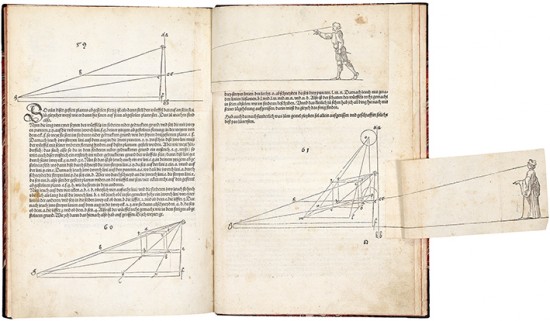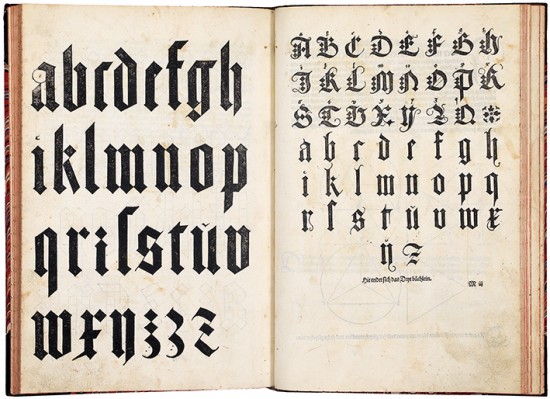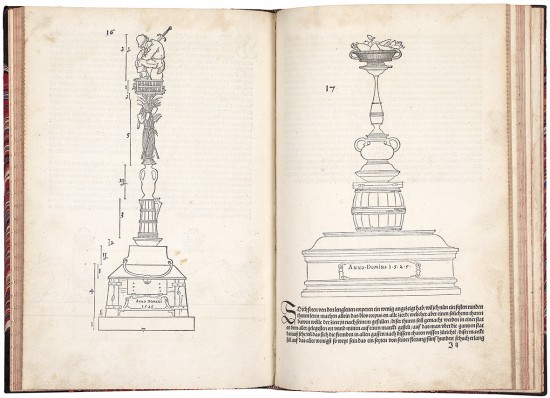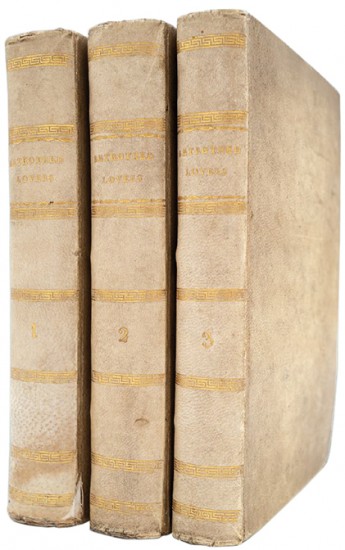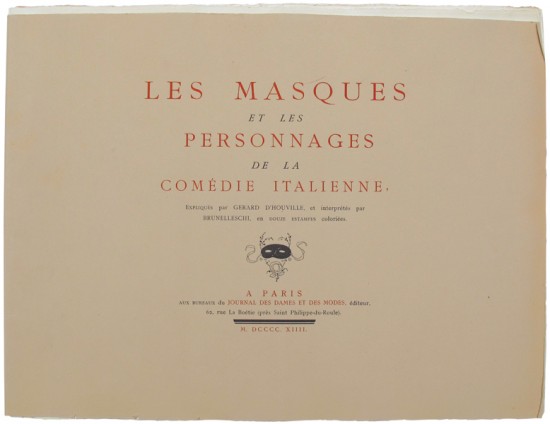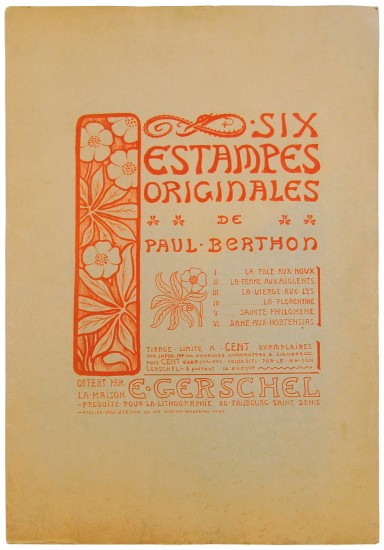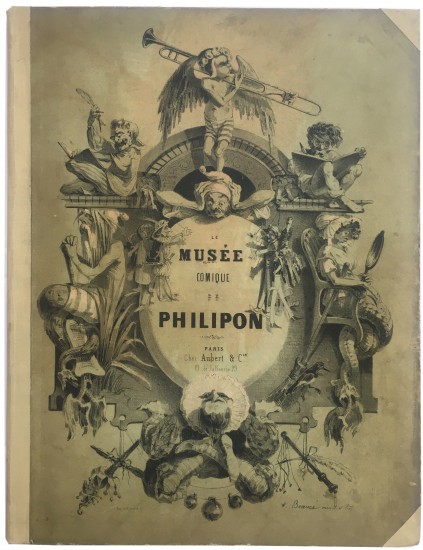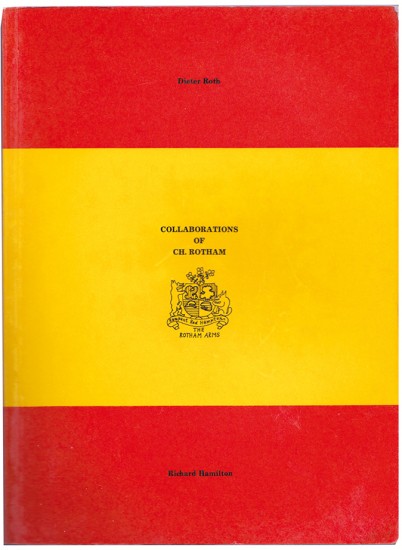Die Unterweysung der Messung, mit dem Zirckel unn Richtscheyt in Linien ebnen ganken corporen ... &c
Durer, Albrecht
Nuremburg. Hieronymous Andreas Formschneider. 1525
Sold
The first edition of Durer's treatise on perspective and the uses of mathematical geometry in art.
The importance of Die Unterweysung lies in the fact that it is the first literary document in which a strictly representational problem (painting) received a strictly scientific treatment at the hands of a Northern European.
The Preface of this 'Course in the Art of Measurement' is the first public statement of Durer's lifelong conviction: that German painters were equal to all others in practical skill and power of imagination, but that they were inferior to Italians in a rational knowledge ('Kunst'), which would prevent them from errors and 'wrongness' in their work. The Underweysung was Durer's response to this: 'I have decided to teach geometry's rudiments and principles to all youngsters eager for art ... it may benefit not only painters but also goldsmiths, sculptors, stonemasons, carpenters and all those who have to rely on measurement ... '. (From Dürer's Preface).
'The 'Underweysung' is, therefore, still a book for practical use and not a treatise on pure mathematics. Dürer wanted to be understood by artists and artisans. Thus where three of the Books in the Underweysung describe problems of linear, two-dimensional, and three-dimensional geometry, the remaining Third Book illustrates the application of geometry to the concrete tasks of architecture, engineering, decoration and typography.' (Panofsky: Albrecht Dürer. London).
In the book, Dürer examines the construction of plane curves and helices by means of Euclidian geometry; construction of polygons and their uses in architectural ornamentation, parquet floors, and finally polyhedra, stereometry and perspective. The woodcuts and diagrams are executed with great precision; they include the famous illustrations of the two figures demonstrating a drawing instrument, signed with Dürer's monogram (dated 1525 for this edition) as well as one of an artist drawing a seated man with the aid of Dürer's machine. The text of Book Three contains his famous original treatise on the shaping of Roman capital and Gothic letters and Gothic letters built up by means of small geometrical forms.
There were three further German editions of the 'Unterweysung', published in 1533, 1538 and 1603, as well as five Latin editions published between 1532 and 1606.
'The connexion of the beautiful with the natural, of the work of art with what is correct (i.e. mathematical) was a typical concept of the Renaissance. In the illustration of these principles lies the great historical importance of Dürer's theoretical writings ... They were the foundation of accepted aesthetic dogma until the nineteenth century.' (Printing and the Mind of Man).
Theodor Freiherr von Cramer-Klett was a banker, industrialist and philanthropist who is considered important for the development of the railway in Bavaria; he supported many social and artistic institutions and it is worth noting that one of them was the Albrecht-Dürer-Haus-Stiftung in Nuremberg.
[PMM 54].
The importance of Die Unterweysung lies in the fact that it is the first literary document in which a strictly representational problem (painting) received a strictly scientific treatment at the hands of a Northern European.
The Preface of this 'Course in the Art of Measurement' is the first public statement of Durer's lifelong conviction: that German painters were equal to all others in practical skill and power of imagination, but that they were inferior to Italians in a rational knowledge ('Kunst'), which would prevent them from errors and 'wrongness' in their work. The Underweysung was Durer's response to this: 'I have decided to teach geometry's rudiments and principles to all youngsters eager for art ... it may benefit not only painters but also goldsmiths, sculptors, stonemasons, carpenters and all those who have to rely on measurement ... '. (From Dürer's Preface).
'The 'Underweysung' is, therefore, still a book for practical use and not a treatise on pure mathematics. Dürer wanted to be understood by artists and artisans. Thus where three of the Books in the Underweysung describe problems of linear, two-dimensional, and three-dimensional geometry, the remaining Third Book illustrates the application of geometry to the concrete tasks of architecture, engineering, decoration and typography.' (Panofsky: Albrecht Dürer. London).
In the book, Dürer examines the construction of plane curves and helices by means of Euclidian geometry; construction of polygons and their uses in architectural ornamentation, parquet floors, and finally polyhedra, stereometry and perspective. The woodcuts and diagrams are executed with great precision; they include the famous illustrations of the two figures demonstrating a drawing instrument, signed with Dürer's monogram (dated 1525 for this edition) as well as one of an artist drawing a seated man with the aid of Dürer's machine. The text of Book Three contains his famous original treatise on the shaping of Roman capital and Gothic letters and Gothic letters built up by means of small geometrical forms.
There were three further German editions of the 'Unterweysung', published in 1533, 1538 and 1603, as well as five Latin editions published between 1532 and 1606.
'The connexion of the beautiful with the natural, of the work of art with what is correct (i.e. mathematical) was a typical concept of the Renaissance. In the illustration of these principles lies the great historical importance of Dürer's theoretical writings ... They were the foundation of accepted aesthetic dogma until the nineteenth century.' (Printing and the Mind of Man).
Theodor Freiherr von Cramer-Klett was a banker, industrialist and philanthropist who is considered important for the development of the railway in Bavaria; he supported many social and artistic institutions and it is worth noting that one of them was the Albrecht-Dürer-Haus-Stiftung in Nuremberg.
[PMM 54].
[90 unnumbered leaves. with terminal blank Riv]. Collation: Avi - Nvi, Oiv - Piv, Riv. 4to. (287 x 200 mm). Illustrated throughout with numerous text drawings of geometrical diagrams, architectural figures, and designs for letters, some full-page. Leaves Pii and Piii feature illustrations larger than the sheets for the book and are folded in this copy; complete with the 2 pasted-in folded slips on Ri verso and Rii recto and with terminal blank Riv (lacking in many copies). Some staining and soiling, several leaves trimmed close but a good complete copy. Sheet size: 282 x 190 mm. Nineteenth century blue morocco-backed marbled boards, banded spine with gilt title and tooling in 6 compartments, marbled endpapers, all edges stained red with additional gilt cruciform gauffering, brown morocco-backed cloth box with gilt titles to spine.
#45934
